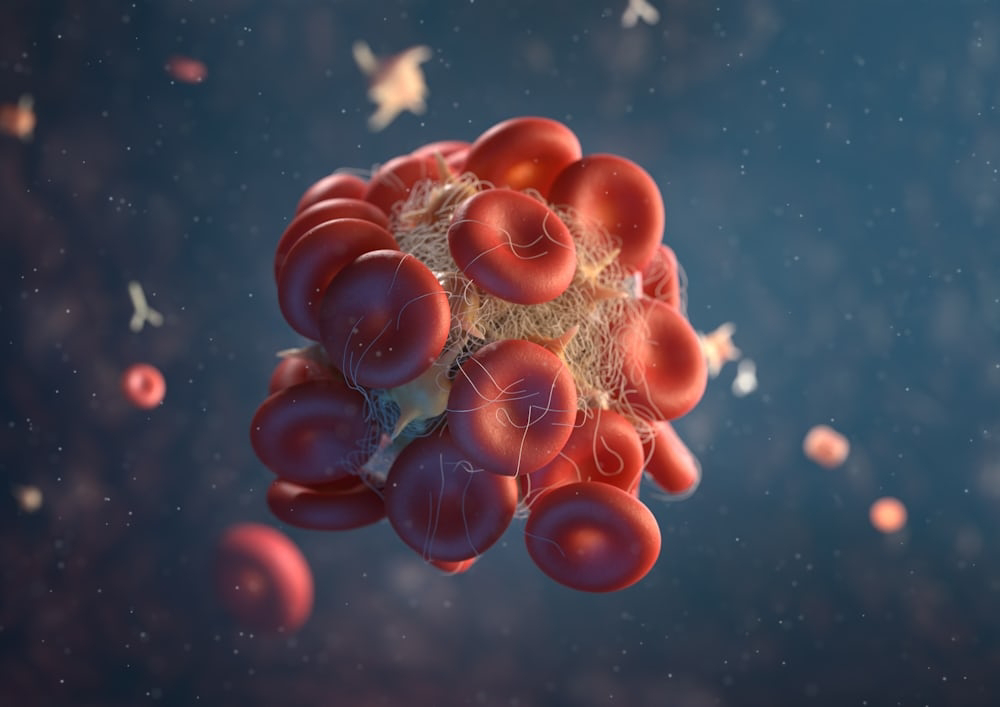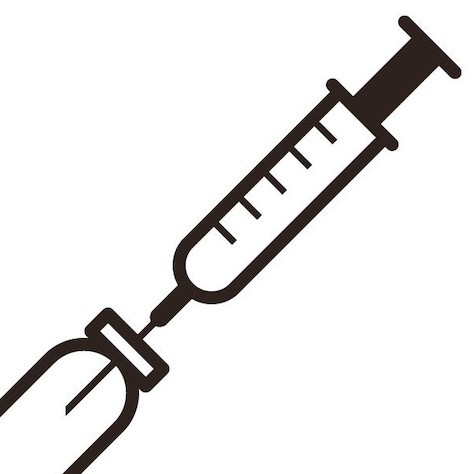Understanding the Difference Between Steroids and Testosterone Replacement Therapy (TRT)
In recent years, the terms "steroids" and "Testosterone Replacement Therapy (TRT)" have often been used interchangeably in discussions about enhancing physical performance or managing hormone levels. However, these two approaches have significant differences in terms of purpose, administration, and outcomes. This blog aims to clarify these differences and provide a clearer understanding of each.
What Are Steroids?
Anabolic-androgenic steroids (AAS) are synthetic derivatives of testosterone, the primary male sex hormone. They are designed to mimic the effects of testosterone in the body, promoting muscle growth, enhancing physical performance, and improving overall physical appearance. Steroids are often used by athletes and bodybuilders to gain a competitive edge and achieve a more muscular physique.
Key Characteristics of Steroids:
- Purpose: Primarily used for muscle building, performance enhancement, and aesthetic improvement.
- Administration: Can be taken orally, injected, or applied topically.
- Dosage: Typically administered in much higher doses than what the body naturally produces.
- Cycle and Stacking: Users often follow cycles of use, which include periods of taking the steroids followed by breaks. They may also stack different types of steroids to maximize effects.
- Legality and Regulation: The use of anabolic steroids without a prescription is illegal in many countries due to their potential for abuse and significant health risks.
- Side Effects: High risk of side effects including liver damage, cardiovascular issues, hormonal imbalances, mood swings, and secondary sexual characteristic changes.
What Is Testosterone Replacement Therapy (TRT)?
Testosterone Replacement Therapy (TRT) is a medical treatment prescribed to men who have low levels of testosterone, a condition known as hypogonadism. TRT aims to restore normal testosterone levels to alleviate symptoms associated with low testosterone, such as fatigue, depression, reduced libido, and loss of muscle mass.
Key Characteristics of TRT:
- Purpose: Primarily used to treat medical conditions related to low testosterone levels, improving quality of life and overall health.
- Administration: Typically administered through injections, patches, gels, or subcutaneous pellets.
- Dosage: Carefully controlled and monitored to maintain testosterone levels within the normal physiological range.
- Medical Supervision: Always administered under the guidance of a healthcare professional, with regular monitoring of testosterone levels and health parameters.
- Legality and Regulation: Legal and regulated when prescribed by a healthcare provider for a legitimate medical condition.
- Side Effects: Lower risk of side effects compared to anabolic steroids, but can still include acne, sleep apnea, and an increased risk of cardiovascular issues if not properly monitored.
Comparing Steroids and TRT
Intent and Usage:
- Steroids: Used for non-medical purposes, mainly to enhance muscle mass, strength, and athletic performance.
- TRT: Used for medical purposes to treat low testosterone levels and related health issues.
Dosage and Administration:
- Steroids: High doses taken in cycles, often without medical supervision.
- TRT: Low, controlled doses administered under medical supervision to achieve normal physiological levels.
Regulation and Legality:
- Steroids: Often illegal without a prescription and associated with significant health risks due to unsupervised use.
- TRT: Legal and regulated when prescribed by a healthcare provider, with ongoing monitoring for safety and effectiveness.
Health Risks:
- Steroids: High potential for abuse and severe health consequences.
- TRT: Lower risk when properly monitored, but still requires careful medical oversight.
While both steroids and TRT involve the use of testosterone, their purposes, methods of administration, and implications for health are markedly different. Steroids are often misused for enhancing physical performance and appearance, leading to significant health risks. In contrast, TRT is a medically supervised treatment aimed at restoring normal testosterone levels in individuals with hypogonadism, enhancing overall well-being and quality of life. Understanding these differences is crucial for making informed decisions about hormone-related treatments and avoiding potential health hazardsy





Comments
Post a Comment